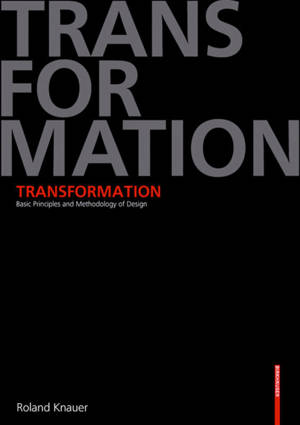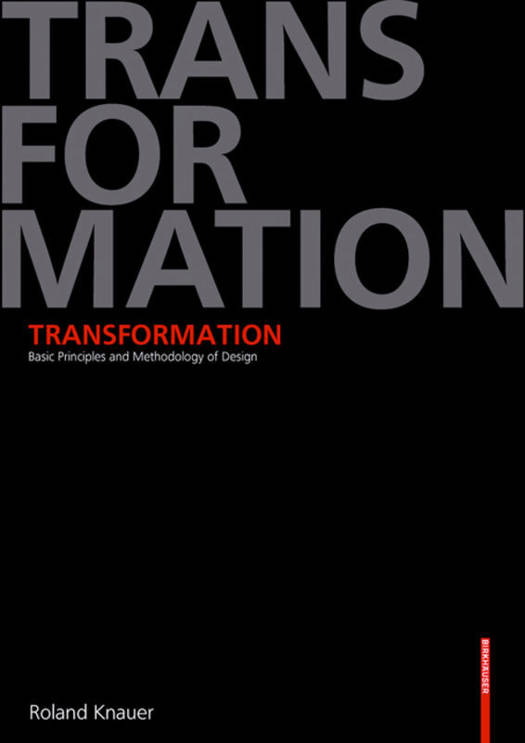
- Retrait gratuit dans votre magasin Club
- 7.000.000 titres dans notre catalogue
- Payer en toute sécurité
- Toujours un magasin près de chez vous
- Retrait gratuit dans votre magasin Club
- 7.000.000 titres dans notre catalogue
- Payer en toute sécurité
- Toujours un magasin près de chez vous
Description
Bar, surface, body, and space are the fundamental elements of the design process. Every form, however complex, may be understood as a variation of them. And underlying every concrete design is a design methodology that can be analyzed, taught, and learned as a transformation of these four categories.
In this sense, Transformation represents a foundational work for architects, designers, and lay people with an interest in cultural history: the unrivaled grammar of design. With a systematic aim and progressively increasing complexity, it unfolds the creative potential of these categories with succinct texts, uniform drawings, and a broad array of examples from architecture, design, and art.
But Transformation also occupies an exceptional position as a physical book: the layout makes it especially easy to compare and combine different design steps, and the separate binding of individual groups of pages makes doing so even easier. The result is a kind of construction set that invites the reader to play as well as research. By generating new "links", he or she is able to use a limited set of fundamental elements to discover an unlimited and ever-changing array of new design possibilities.
Spécifications
Parties prenantes
- Auteur(s) :
- Editeur:
Contenu
- Nombre de pages :
- 179
- Langue:
- Anglais
Caractéristiques
- EAN:
- 9783764367619
- Date de parution :
- 01-01-08
- Format:
- Livre relié
- Format numérique:
- Genaaid
- Dimensions :
- 239 mm x 353 mm
- Poids :
- 1632 g







